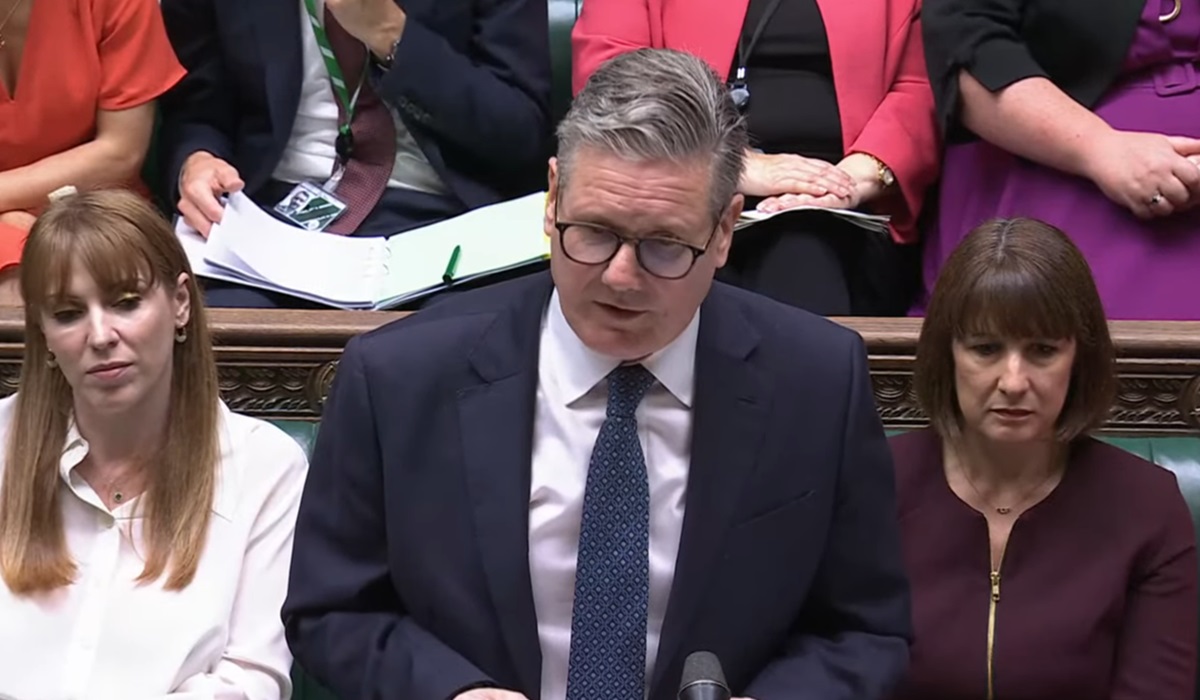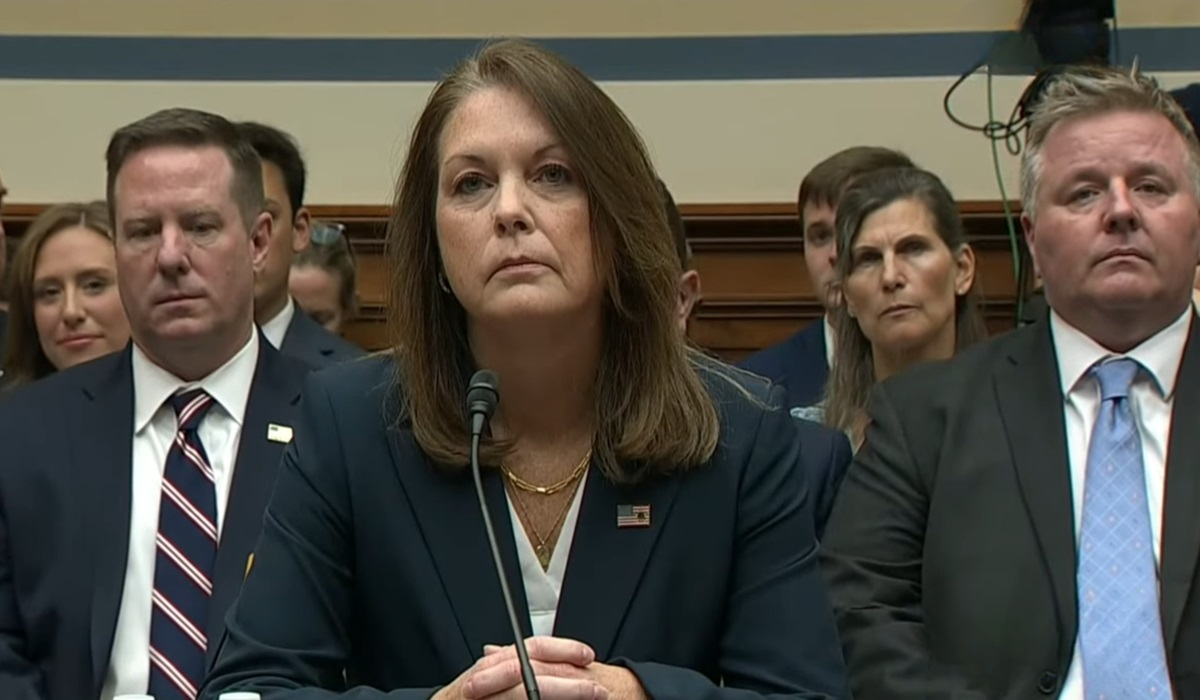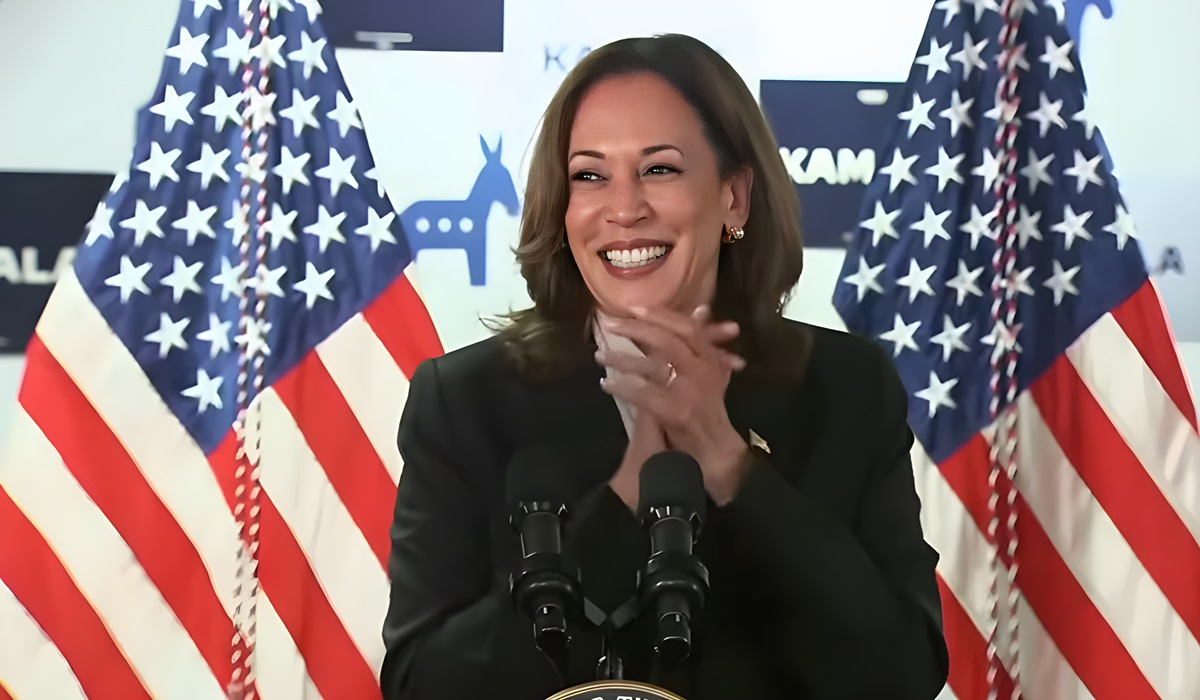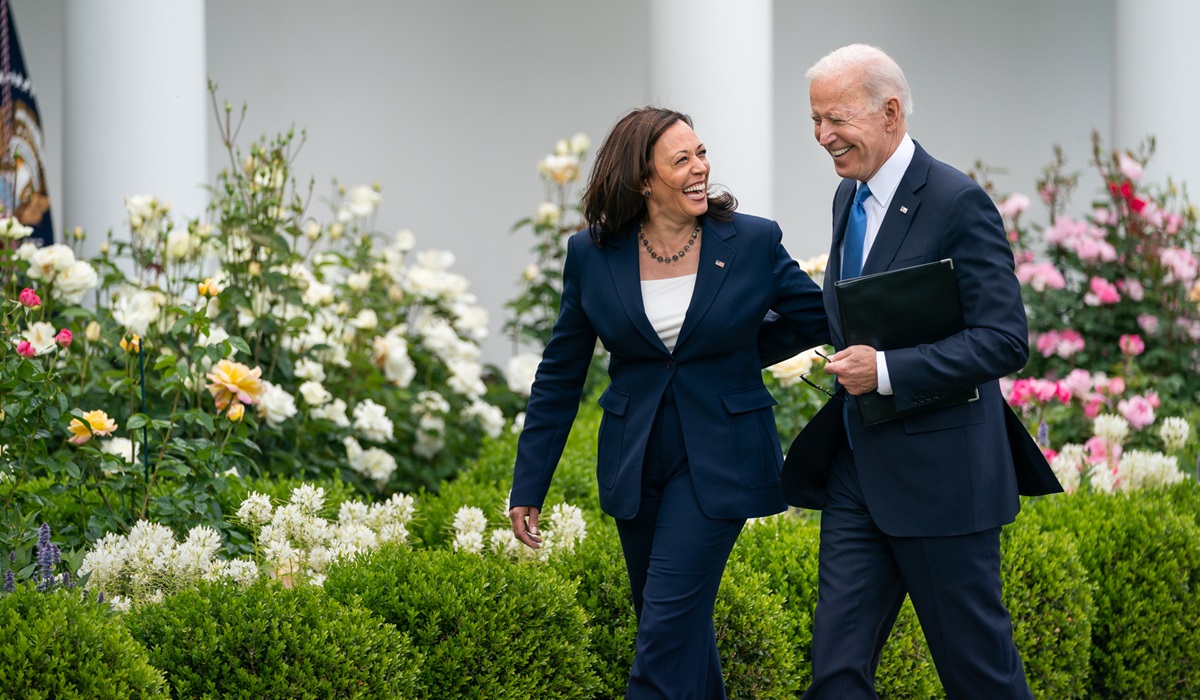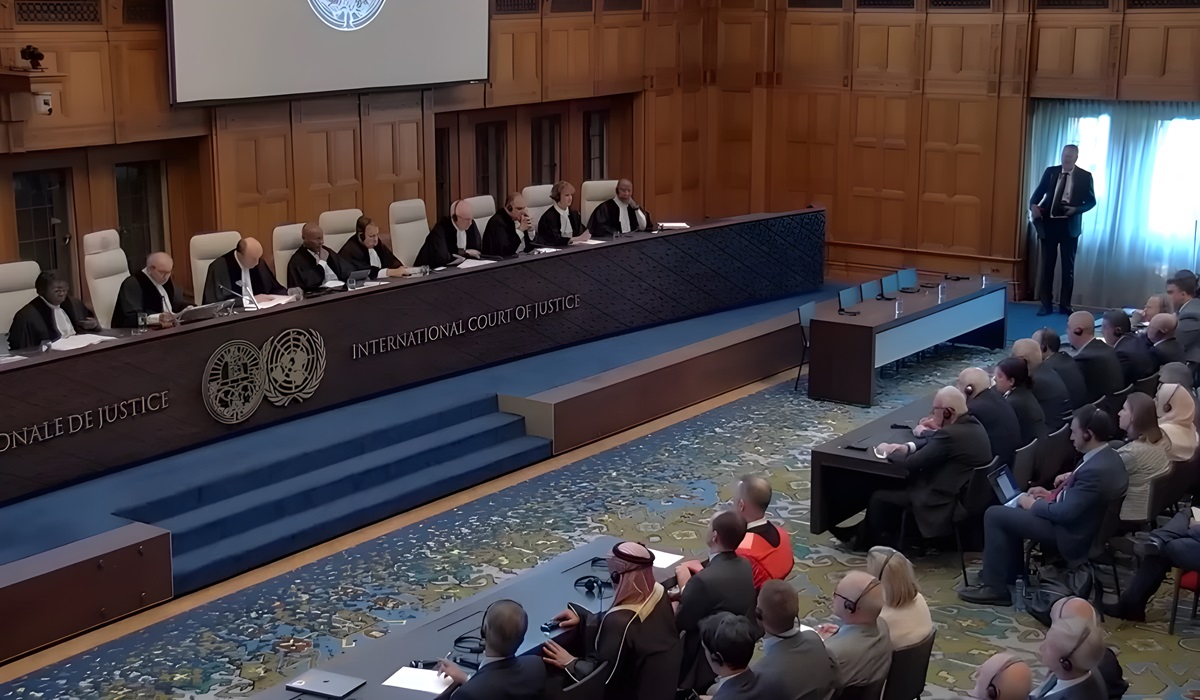The Ongoing U.S. Government Shutdown Crisis: An In-Depth Analysis
- TDS News
- Breaking News
- September 20, 2023
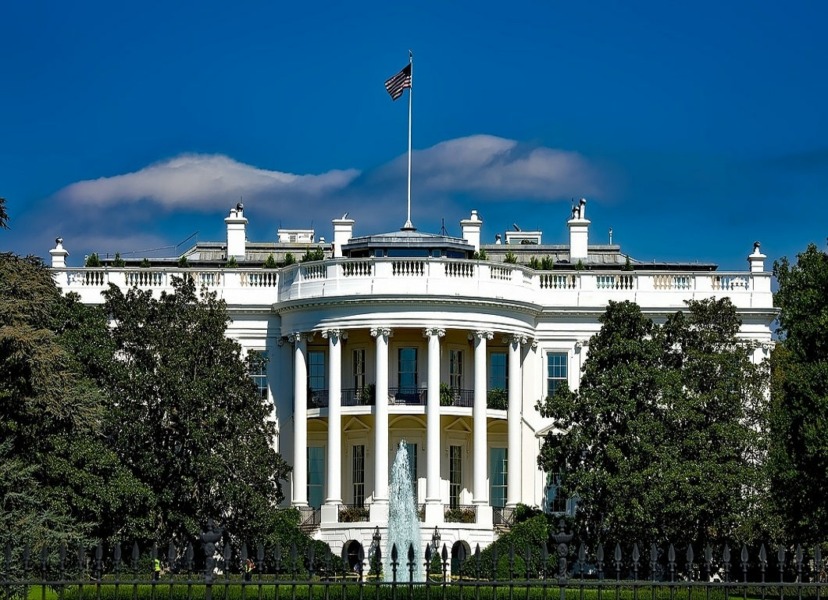
The thoughts of a government shutdown are all too familiar in the United States as the inevitable looms large. With the increasingly polarized political landscape, this recurring issue raises questions about American politics and its ability to navigate critical fiscal matters like the debt ceiling.
Government shutdowns in the U.S. have become an unfortunate norm, particularly over the past few decades. The primary reason behind this recurring issue is American politics’ complexity and often contentious nature. The U.S. Constitution places significant power in the hands of Congress, where legislative gridlock can quickly escalate into fiscal crises.
The last time this happened was months ago. It almost brought the government to the brink of shutdown in the debate over raising the debt ceiling. The debt ceiling is a limit Congress sets on the amount of debt the federal government can accrue. When this limit is reached, raising it to continue funding government operations becomes necessary. Failure to do so risks defaulting on the country’s financial obligations, which could have dire consequences for the U.S. economy.
Luckily, Congress reached an agreement after Speaker McCarthy tried to play hardball but instead was outsmarted by the Democrats. The Speaker to agree to automatically raise the debt ceiling without a vote for the next two years. The latest tit for tat is due to multiple new amendments put forth by McCarthy as he wants to look strong to the base, which is quite obstructive.
This partisan approach to a critical fiscal matter highlights the deep divisions in American politics. The clash between Democrats and Republicans over keeping the government funded is not new, but it has intensified in recent years, making compromise elusive.
The persistent problem of government shutdowns underscores America’s chronic political dysfunction. While the U.S. political system is designed to encourage checks and balances, it has increasingly become a breeding ground for partisan gridlock and ideological battles. The polarization of politics has made it difficult for lawmakers to find common ground on important issues, leading to frequent crises like the one at hand.
When this cycle of government shutdown threats will end is a pressing concern. This partisan approach to a critical fiscal matter highlights the deep divisions in American politics. The clash between Democrats and Republicans over the debt ceiling is not new, but it has intensified in recent years, making compromise elusive. The persistent problem of government shutdowns underscores America’s chronic political dysfunction. While the U.S. political system is designed to encourage checks and balances, it has increasingly become a breeding ground for partisan gridlock and ideological battles.
With the upcoming elections, there is a chance for change. Still, it will ultimately depend on the collective will of the American people and their elected representatives to find a way forward. Only then can the United States hope to escape the negative perception of its political landscape and resolve the ongoing crisis over the debt ceiling.

